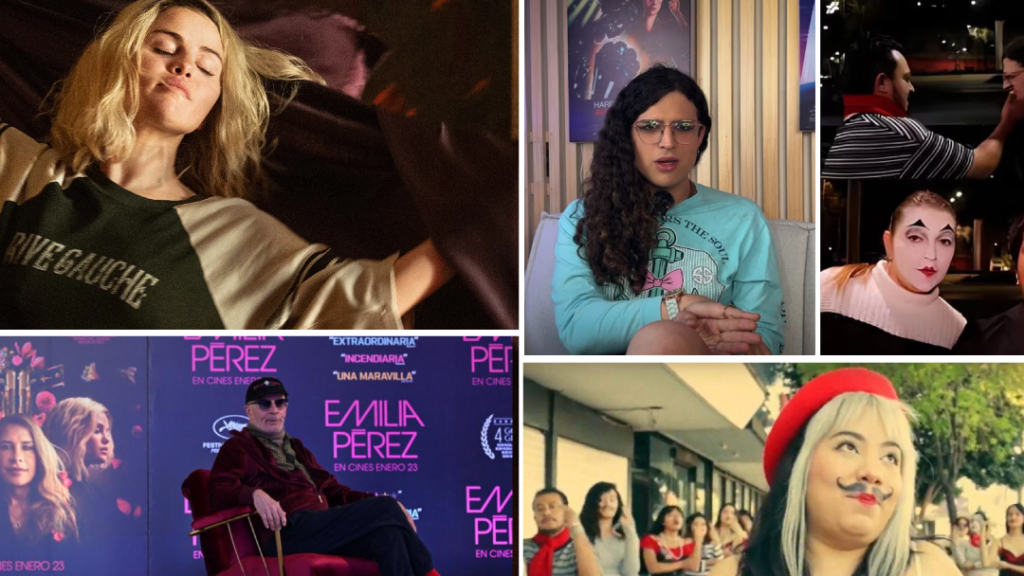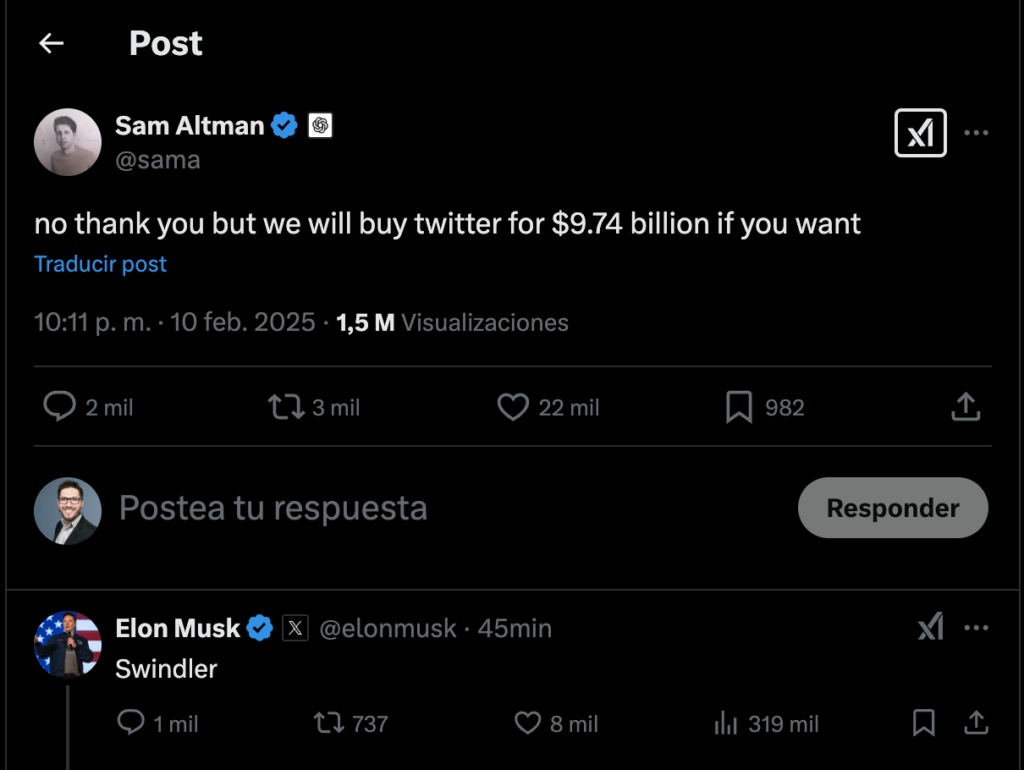Javier Cherrera
Designer and strategist

hey@javiercherrera.com
The backlash against Emilia Pérez from the Mexican audience snowballed quickly and relentlessly. But beyond the headlines, this phenomenon reflects a behavioral shift that’s been growing in recent years—fueled by social media, especially TikTok—and I believe it’s the start of a significant trend. Let’s break it down.
A few weeks ago, content creator Camila Aurora, upset over what she saw as Emilia Pérez mocking the very struggles it claimed to highlight—through the lens of a privileged white filmmaker aiming for a festival hit—shared an idea on her social platforms. She proposed creating a story in response to Emilia Pérez, called Johanne Sacrebleu. Faster than clients reply to a quote, people rallied, and the short film became a reality. The result? An audiovisual piece clearly intended to portray French culture with just as much cringe as Emilia Pérez had portrayed ours. In her own words, it was “activism turned into entertainment.”

TikTok has proven to be Gen Z’s favorite platform since the pandemic boom, leaving Meta’s networks filled with boomers and aging millennials. TikTok has created unprecedented cultural moments and revealed a new kind of social behavior that demands attention: a submarine full of billionaires imploding and triggering a meme wave, the rise of techno-feudalism discourse, the pro-Palestine movement, the Luigi Mangioni phenomenon, and now Johanne Sacrebleu. It all shows that TikTok isn’t just entertainment—it’s a powerful organizing tool.
Someone with a complaint, an idea, or a callout gets in front of the camera, tells their story, and strikes a chord with people’s empathy and common sense. That spark becomes a wildfire—one that doesn’t stop at comments and retweets, but turns into real action. In a generation with little to lose, TikTok (and to some extent X) has become the network of the collective, which is exactly why the U.S. is trying to regulate it. As Kevin Kelly wrote in The Inevitable: “Truly disruptive technologies don’t just do new things—they change the role of the user.”
Activism is now part of consumerism. And today, if people want to, they can hate a product—and destroy it.
So, what does this have to do with the future of AI?
Looking at the present, we’re witnessing fierce competition between tech giants and rising players. From the clash between Elon Musk and Sam Altman—over OpenAI shifting from non-profit to profit status (which Elon sees as a scam)—to the launch of DeepSeek shaking up the market, the race is on.

Like with any major wave, we’re seeing a swarm of entrepreneurs launching products under the same tired promise: to “innovate with AI.” This will lead to a bubble, likely bursting by next year. Why?
First, at this rate we’ll have more AI products than needed, but very few that actually make a difference in the real world. Not to mention, we still don’t know if AI will evolve as an all-in-one tool or a fragmented world of niche apps.
Second, because this isn’t just about supermachines—it’s about understanding consumer behavior. And this brings us back to Emilia Pérez.
Activism and consumerism are starting to merge in fascinating ways. Some people love Duolingo. Others want to boycott Coca-Cola. In short: the consumer is no longer just the last link in the supply chain. They are now the voice and the judge of the companies they buy from.
This isn’t new. The book This is Service Design opens by showing how one angry customer can cause major damage to an airline using only social media.
Trends like conscious consumption, preference for ethical brands, and community-driven creation are behaviors some companies have already started to harness. And all of this applies to AI.
Users—especially Gen Z—will likely gravitate toward decentralized or open-source AIs like Hugging Face, once they realize how easy it is to choose between giving their data and money to a tech giant, or supporting models that reflect their values.
What happens when anyone can clone your startup’s app just by giving an AI a simple prompt?
What will differentiate one from the other?
Service? Experience? Sure—but those answers are obvious.
The truth is, an oversaturated tech market where products are increasingly easy to replicate won’t end well. That’s where efficiency and emotional connection—not just power—will start to matter. Especially among younger audiences who would rather build in community than give their money to a well-meaning billionaire.
In short: While the big players are busy competing with each other, there might be a dark horse in the race that pulls ahead.
Who’s going to win?
I don’t think we’ll have that answer anytime soon. I believe all three models—centralized, open source, and decentralized—will coexist for a while. But as consumers become more informed and more conscious, the ship might just start sailing toward unexpected destinations.